When it comes to the Underground Railroad in Lawrence, Kansas, misconceptions abound. Take the English woman temporarily living in Lawrence who asked me where she might find this railroad in Kansas. Of course, if she had attended elementary school in this country, she might have learned that the Underground Railroad (UGRR) was not literally a subterranean train, but rather an informal network of safe houses, with “conductors” like Harriet Tubman leading fugitive slaves to “stationmasters,” who sheltered them in cellars, attics, barns and other hidden places in what must have been a terrifying gamble for freedom.
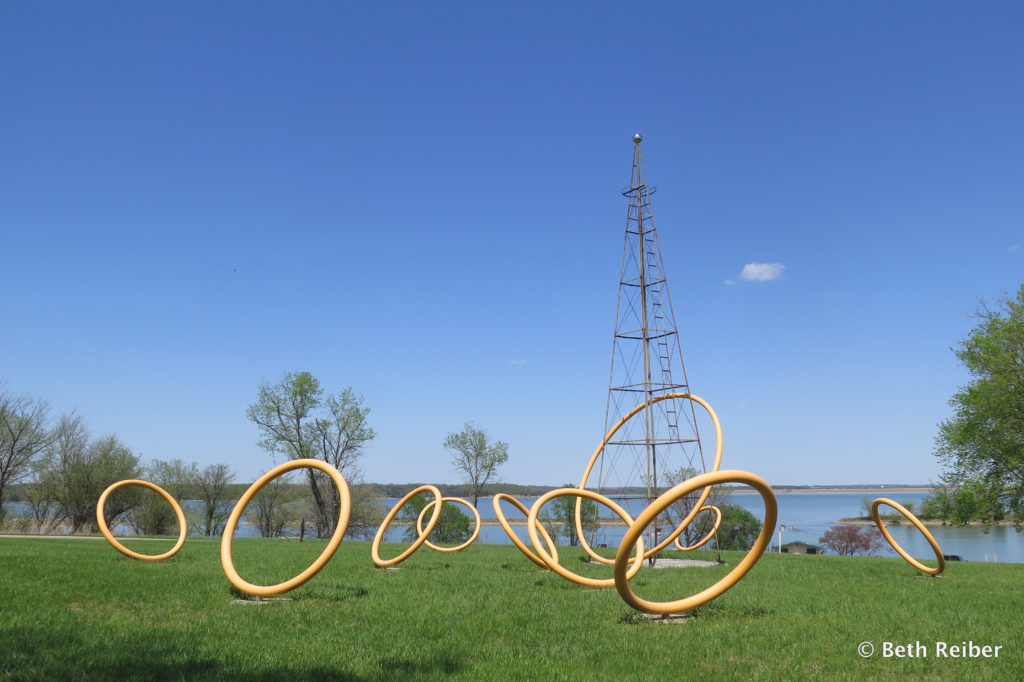
Rumors abound, too, on exactly where those safe houses for the Underground Railroad in Lawrence, Kansas, might have been. My cousin, who lives at the top of 9th Street, told me she’d heard about a cave beneath her house that was used to hide slaves (a Journal World article verifies the cave’s discovery in 1962 by two boys, but its use as a refuge is only speculation). I’ve also heard people mention downtown tunnels, though most were built after the Civil War to supply energy from Bowersock Dam to businesses.
Stops on the Underground Railroad in Lawrence, Kansas
Turns out, the only documented “stations” still remaining in Lawrence are the Robert Miller House, 1111 East 19th St., a private residence built in 1858 by anti-slavery activist Robert Miller, who hid refugees in his smoke house and barn; and Grover Barn, 2819 Stone Barn Terrace, built in 1858 by Joel and Emily Grover, remodeled into a fire station, and now owned by the city. Grover Barn has national recognition as an official UGRR site on the National Park Service’s National Underground Railroad Network to Freedom program.

But there must have been plenty more. After all, Missouri was a slave state, and Lawrence, founded by abolitionists in 1854, was probably the most famous anti-slavery town in the country, if not the world. In Freedom’s Crucible, written by Dr. Richard Sheridan and published in 1998, I read that an estimated 900 to 1,000 fugitive slaves and free blacks passed through Douglas County from 1856 to 1860. Most were headed to Canada due to the Fugitive Slave Act of 1850, which allowed slaves to be returned to their masters even if they had escaped to a free state. Bounty hunters came to Kansas not only to capture slaves but to also round up free blacks they could sell as slaves. One of the most infamous people in Lawrence history, William Clarke Quantrill—who in 1863 led 400 pro-slavery men into Lawrence, killed more than 180 men and teenage boys and burned the town to the ground—came here in the late 1850s pretending to be an abolitionist but was actually capturing runaways and taking them back to their masters for a reward.
People serving the Underground Railroad
Meanwhile, abolitionists journeyed to Missouri to help slaves there escape. John Brown was the most well known and certainly one of the most daring. After liberating 11 slaves in 1858 from their masters in Missouri, he brought them to Grover’s Barn before continuing 2,500 miles to Canada—in winter. Think about it.
There are many other names connected to the UGRR in Lawrence, connections we might not know or think about. A friend of mine once lived on John Doy Court, named after one of the first abolitionists who settled in the area when Lawrence was founded as an anti-slavery stronghold in 1854. A conductor of the UGRR, Doy was ambushed 12 miles north of Lawrence in 1859 trying to lead 13 fugitives to freedom. The fugitives were returned to slavery and Doy was taken prisoner in Missouri. Although convicted for abducting slaves and sentenced to five years at the state penitentiary in Jefferson, MO, he was rescued by 10 local abolitionists, including Maj. James B. Abbott (a station master who harbored slaves in his basement), Joseph Gardner (whose cabin in Wakarusa Valley is a documented station), and Rev. John E. Stewart (who posed as a peddler in Missouri and helped them escape in his false-bottom wagon).
Those must have been wild, harrowing years, hard to even imagine. Yet it’s worth noting that most conductors and stationmasters were not wild men but were law-abiding churchgoers, who acted out of a deep-seated hatred of slavery. Unfortunately, because the UGRR required the utmost secrecy, we know even less about the freedom seekers. Certainly they were courageous. It must have been heart-stopping to be led from safe house to safe house for days upon days, the fear always present of getting caught and being returned to brutal masters or sold deeper south by owners who no longer wanted slaves who might escape again.
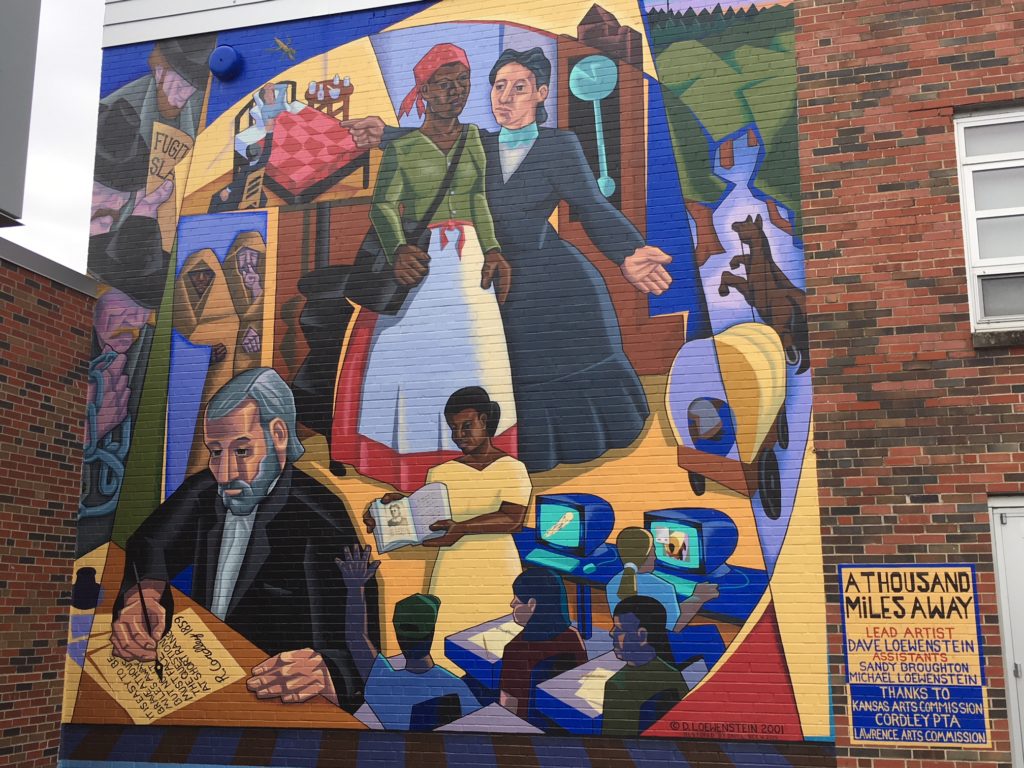
My sons went to Cordley Elementary School, named after Rev. Richard Cordley, who in 1859 was asked to harbor a 22-year-old runaway slave named Lizzie. There’s a mural on the north side of Cordley school that depicts Mrs. Cordley with Lizzie. According to Cordley’s Pioneer Days in Kansas, published in 1903, Lizzie’s master had offered a large sum of money for her capture, so after several months hiding in Lawrence she was led in the cover of darkness on the long road to Canada. The Cordleys, who had grown quite fond of her, never heard from her again. Cordley wrote that her stay was their only personal contact with the Underground Railroad, and he wondered how it was that he didn’t know more and that so few people knew anything about it.
He also wrote that long before he came to Kansas, he had been so distraught by the passage of the Fugitive Slave Act that he had vowed to take in any wanderer who came to his door. The penalty for harboring a slave was six months in prison and a $1,000 fine, leading Cordley to ponder, “It’s easy to be brave a thousand miles away.” Yet he and his wife took Lizzie in anyway. It was, he concluded, the only thing to do.
A horrific injustice remembered
I’m proud my hometown was founded to fight slavery. But even Lawrence didn’t escape the horrors of racism in the years after its noble founding, including job and housing discrimination and overt hostility and violence. The most horrific event occurred on June 10, 1882, when three Black men were dragged from the county jail by an angry white mob and lynched from the Kansas River bridge. Two of the men, George Robertson and Isaac King, had been jailed after coming upon the rape of a 14-year-old Black girl by a white man, whose body was later found in the river. The third man, Pete Vinegar and father of the Black teenager, hadn’t even been in town during the event but was murdered anyway. Sadly, Margaret Vinegar was later convicted of the murder and died in prison of tuberculosis at the age of 20. Finally, after more than 140 years of silence, historical markers have been erected near the site of the lynchings to commemorate the three men and to honor Margaret for the terrible ordeals she suffered.
To learn more about early Lawrence history, Quantrill’s Raid, and the era known as Bleeding Kansas, read my articles:
A Kansas Town Remembers a Massacre; It Wasn’t Called Bleeding Kansas for Nothing; and Historic Lecompton.
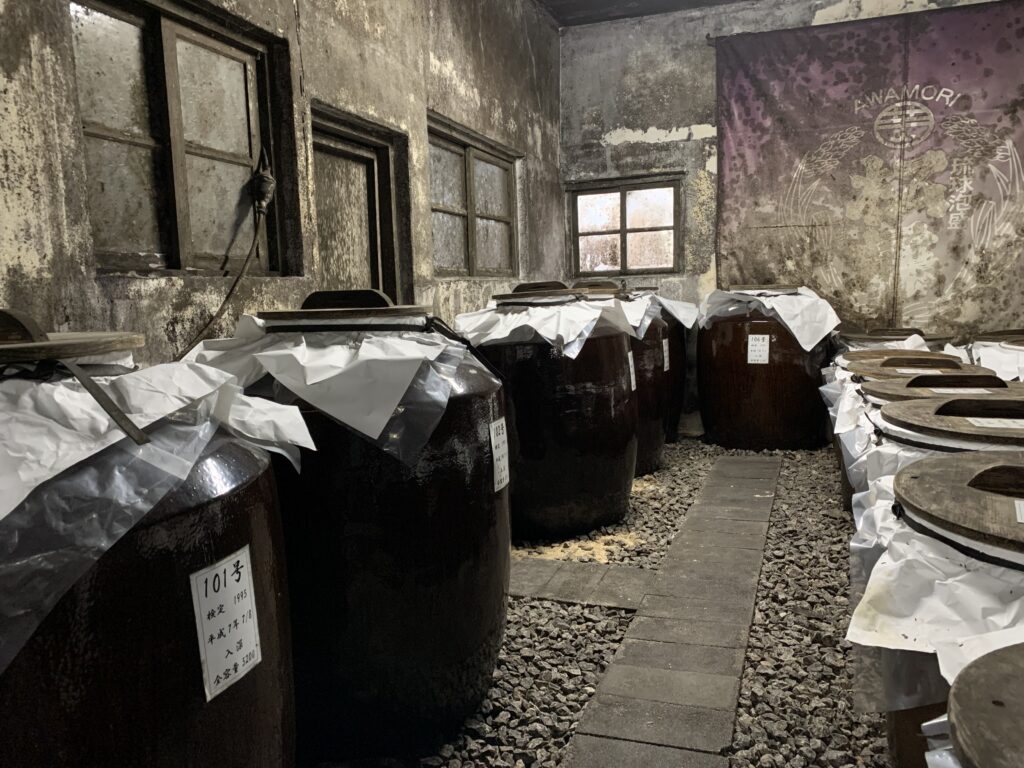
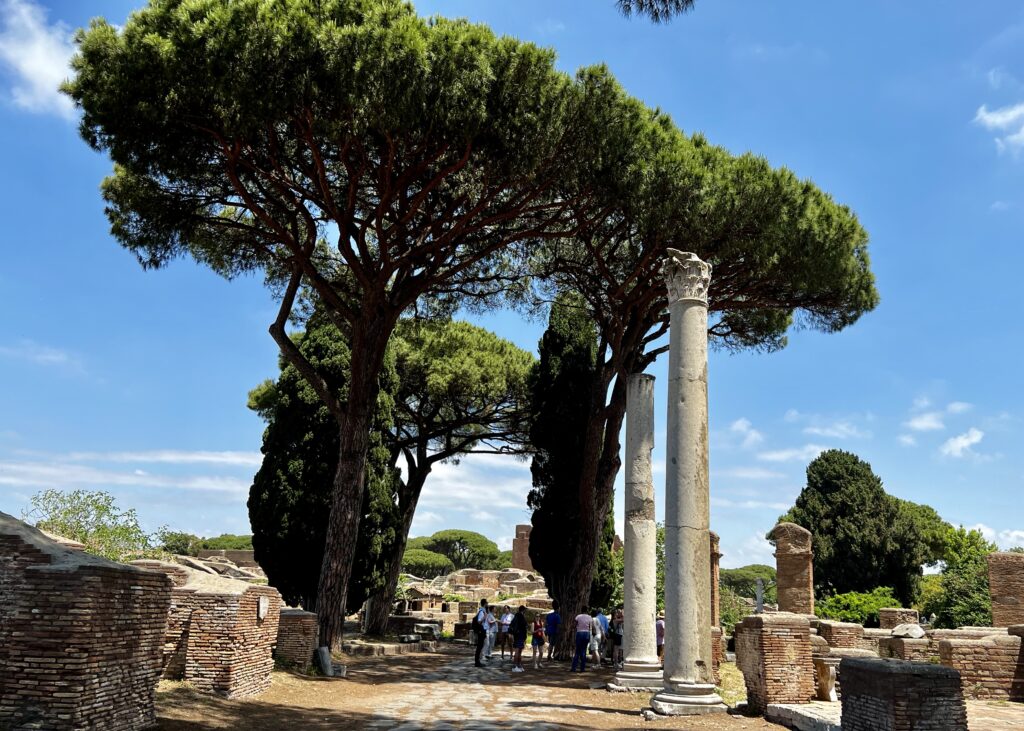


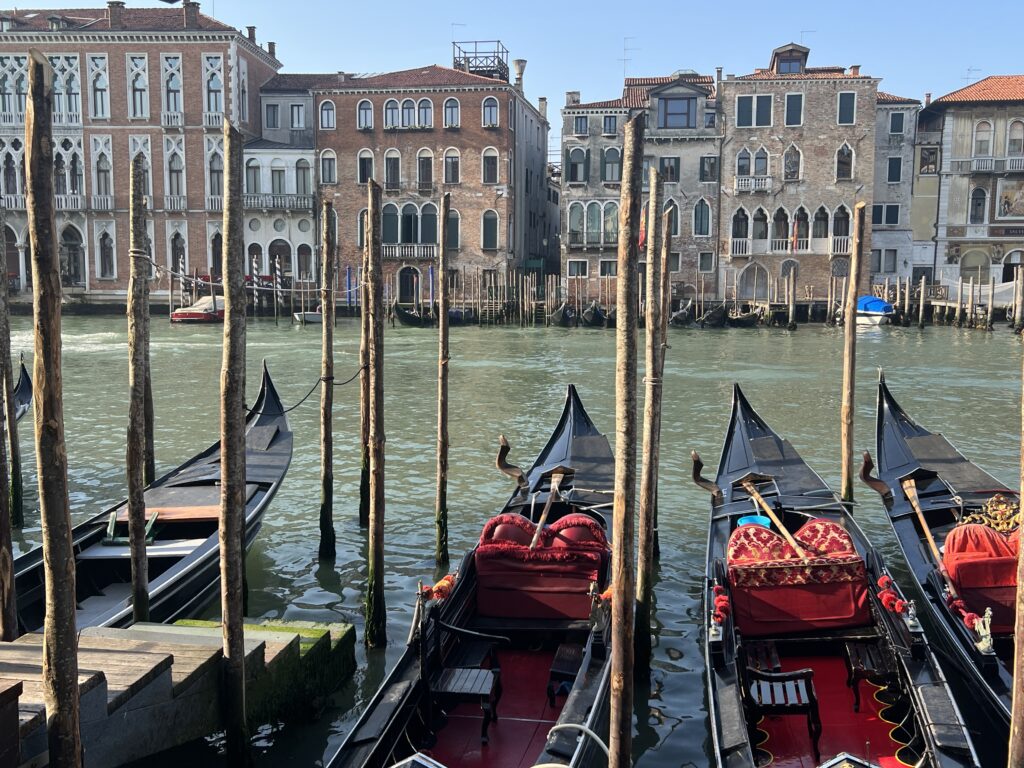

Another excellent piece. Thanks Beth.
Nice job, as usual. Very informative.